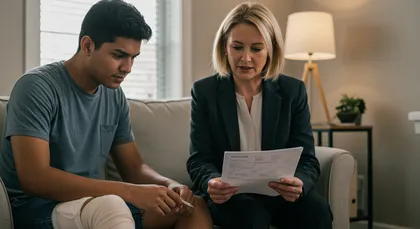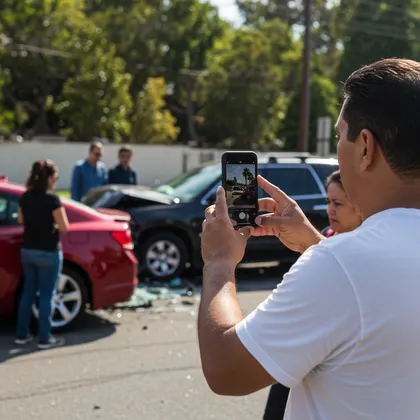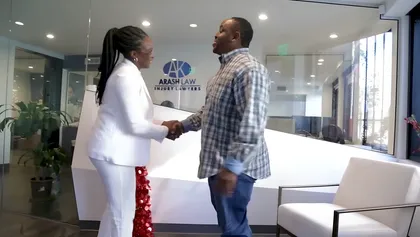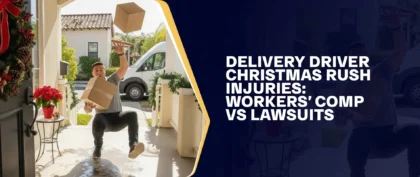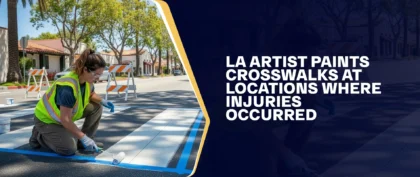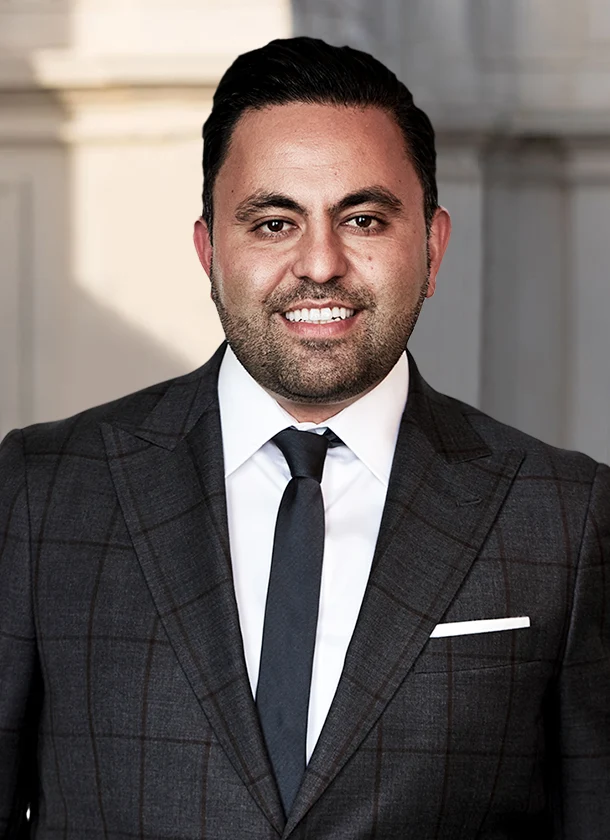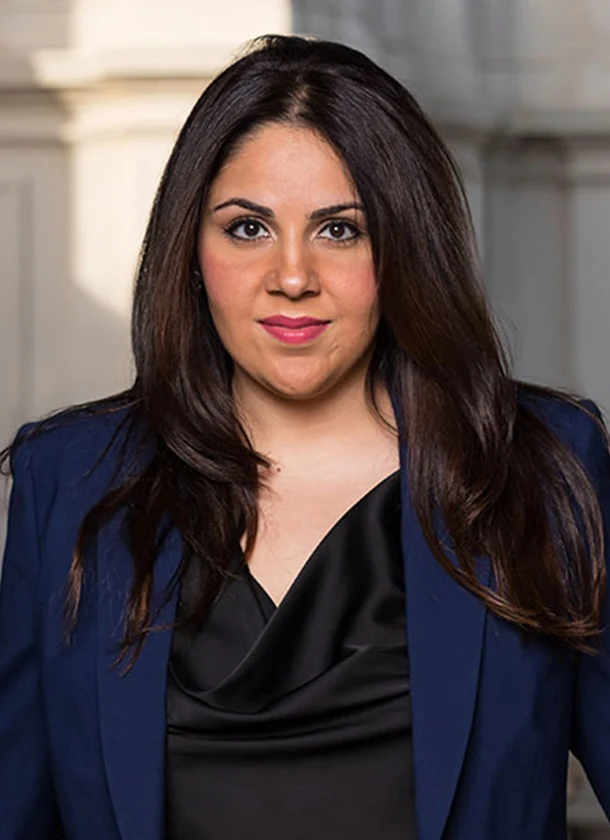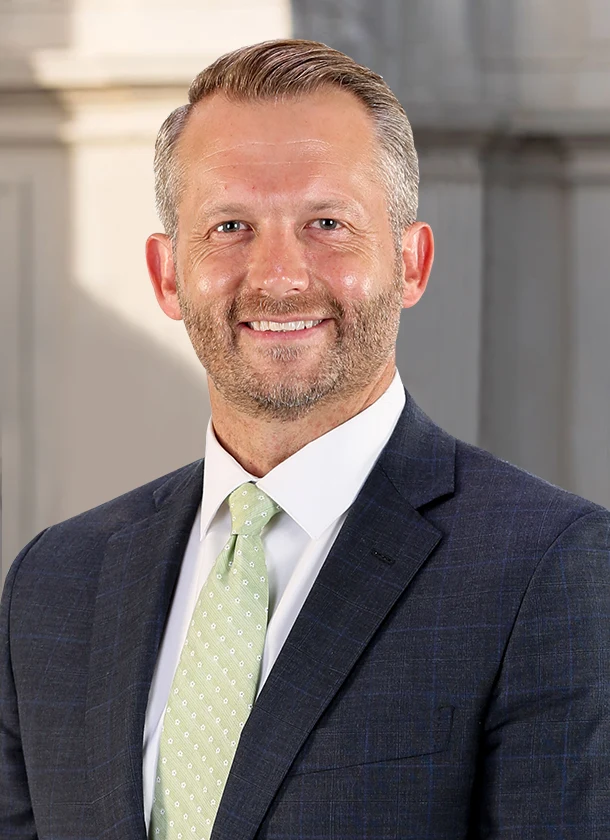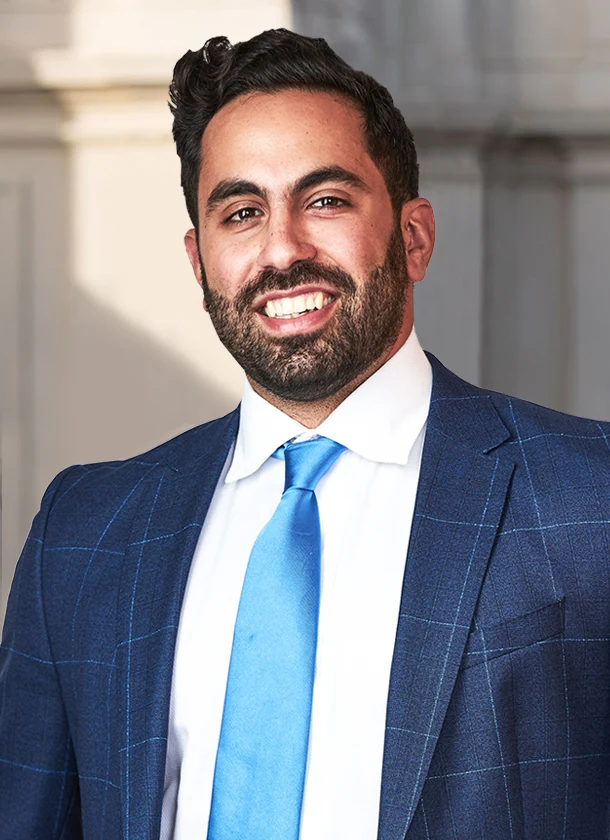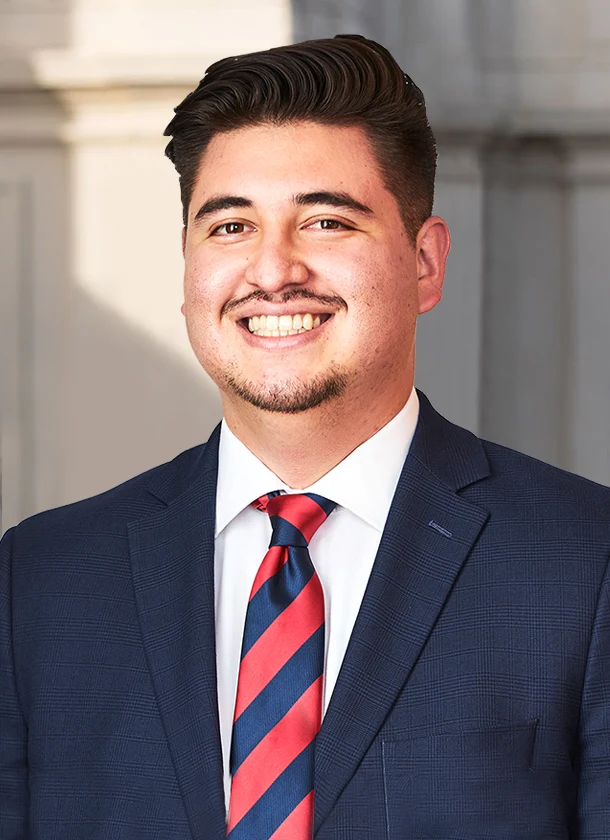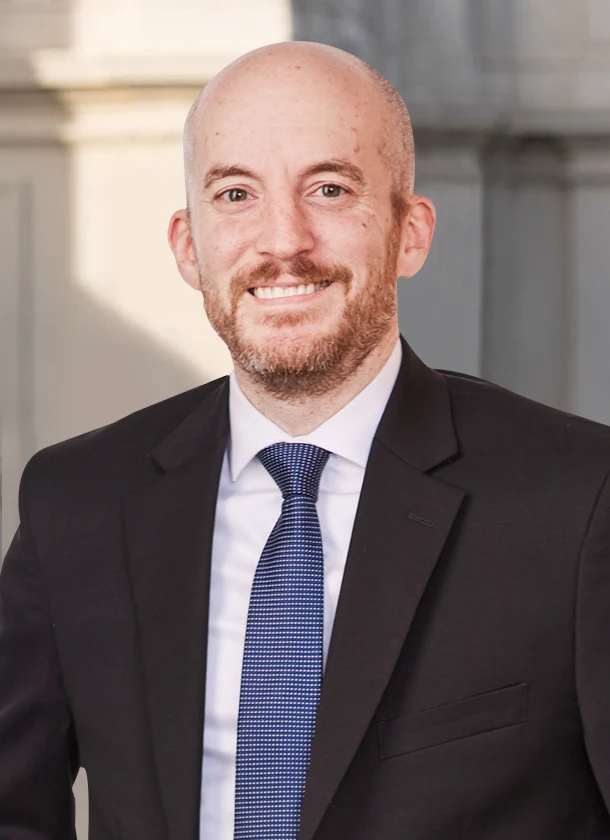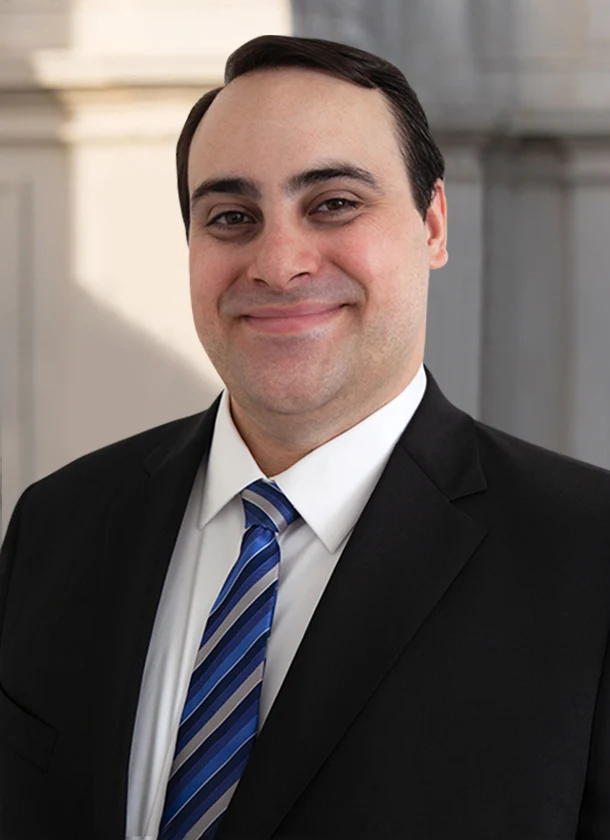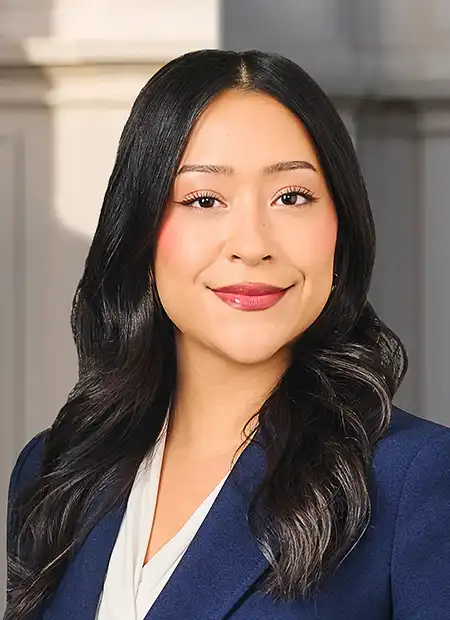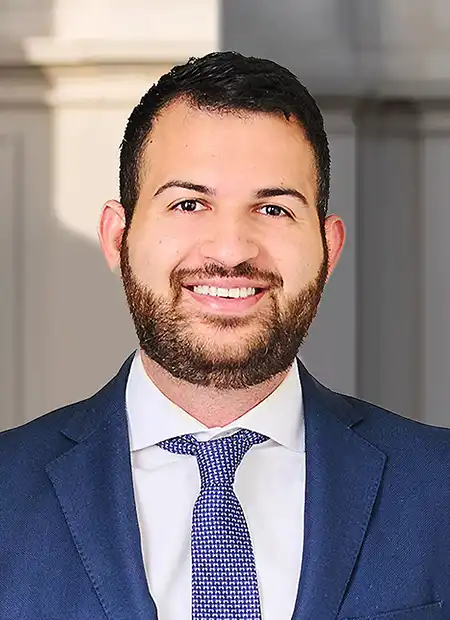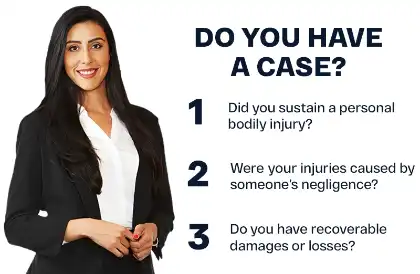TL;DR: Yes, rear-end collisions can affect your insurance premiums, even if you’re not at fault. Insurers assess overall risk, not just fault.
Table of Contents
A rear-end crash can affect your insurance rates, even if you weren’t at fault. While the other driver’s insurer usually pays for the damage, your own insurance premiums might still go up.
Insurance companies raise rates based on risk, not just fault. They might also increase your rates based on your driving history, where you live, or your car type. To understand what to expect, review your policy and speak with your insurer.
Speaking with an attorney may help you make informed decisions about your case, coverage, and any claims you might file after a rear-end crash. AK Law’s experienced personal injury lawyers can help you understand how insurance companies handle cases.
Even if the other driver is 100% at fault, your insurance company might still increase your premium, not as a punishment, but because any claim can raise your risk profile. That’s why it’s crucial to understand how insurance companies view claims, even in no-fault cases. We can review your case and explain your legal options to you.
If another driver rear-ended you and you’re concerned about insurance rate increases or whether you have a valid injury claim, you may be looking for free accident lawyer advice. Our firm offers a free initial consultation to evaluate your case and explore your legal options. Call us at (888) 488-1391 to schedule a meeting with our attorneys.
How Does Getting Rear-Ended Affect My Insurance?
Your insurance company considers several factors when adjusting your premium after a crash. Even if you weren’t at fault, your rate may still go up based on how your insurer evaluates risk.
- Claims History — If you’ve filed multiple claims in recent years, insurers may see you as a higher risk and increase your rate, even for not-at-fault accidents.
- Location — Living in an area with frequent crashes, theft, or claims can raise your premiums.
- State Laws — In at-fault states like California, the party determined to be responsible for the accident must pay for damages. In no-fault states, each driver’s insurance pays their own costs.
- Comparative Negligence — Some states assign partial fault to both drivers. If you’re found even partly at fault, your insurer might still raise your rate.
- Driving Record — Past traffic violations or accidents often result in higher premiums.
- Vehicle Type — Cars that are expensive to repair, have poor safety ratings, or are commonly stolen usually cost more to insure.
- Credit Score — In some states, insurers use credit scores when setting rates. Good credit may lower your premium, while poor credit can significantly raise it.
- Age and Gender — Teen boys typically pay more due to a higher accident rate, though the difference narrows with age.
Even if someone else caused the rear-end crash, the claim may still appear in your insurance record. Many insurers review your overall claims history when renewing your policy, not just who was at fault. This means your premium could increase simply because a claim was filed.
What Should You Do If Your Insurance Premiums Go Up?
Dealing with rising insurance rates after someone rear-ends you can be challenging, especially when you’re already managing injuries and mounting medical bills. Our rear-end accident lawyers at AK Law can walk you through your legal options.
If your insurer raises your rates after a crash you didn’t cause, here are some steps you can take:
- Ask for an Explanation — Contact your insurance company and ask why your rate increased. They are legally required to provide an explanation.
- Challenge the Increase — You can dispute the rate hike if it appears to be incorrect or unfair. An accident attorney can help you write a formal complaint to the insurance company.
- File a Complaint — If the company won’t fix the issue, you can report it to your state’s insurance department. They will review your case and may take action.
- Look for a New Insurance Company — You don’t have to stay with the same insurer. Other companies might offer better rates, especially if you have a clean record.
Our car accident lawyers at Arash Law may be able to speak to your insurer, explain your rights, and challenge a rate increase that seems unfair. Call us at (888) 488-1391 for personalized legal support.
Tips For Preventing Your Insurance Rate From Increasing After An Accident
You can take steps to help prevent your insurance rate from going up after a crash. Consider these smart ways to keep your car insurance costs down:
- Search for Better Rates — Some insurers raise rates after any claim. Get quotes from other companies to see if you can get better coverage at a lower cost.
- Review Your Coverage — Take another look at your current policy. You may be able to drop extra fees or adjust your plan to save money without losing important coverage.
- Improve Your Credit Score — While you can’t improve your credit score overnight, consistently paying bills on time, maintaining low debt levels, and keeping a clean driving record help over time.
- Increase Your Deductible — Raising your deductible can be a smart way to lower your insurance costs, as long as you can afford to pay that higher amount if you file a claim.
- Ask About Accident Forgiveness — Some insurers offer accident forgiveness, which protects your rate after your first crash. Check if your provider offers this benefit, or consider switching to one that does.
- Take a Defensive Driving Course — Completing a safety course shows you’re serious about avoiding future crashes. Some insurers give discounts to drivers who complete approved safety or driving courses.
Taking small steps after an accident can help you avoid major insurance increases. Talk to your insurer, compare your options, and consider which one works for your unique situation.
Who Is At Fault In A Rear-End Collision Accident?
Establishing who may have caused a rear-end crash helps identify who could be held responsible for the damage and injuries. Insurance companies, police, and courts examine key details to determine who is at fault for the collision. They consider driver behavior, traffic law violations, road conditions, and vehicle issues. Following too closely, sudden braking, speeding, poor weather, and faulty brakes or other auto defects can all impact liability.
California law requires all drivers to maintain a sufficient distance between vehicles so they can stop safely when the car ahead brakes suddenly. Insurers and courts usually consider the rear driver at fault in a rear-end collision because of this rule.
However, the front driver sometimes causes or shares fault for the incident. Here are a few examples:
- Sudden Stops by the Front Driver — A driver who slams the brakes without reason may not give the rear driver time to stop.
- Chain-Reaction Crashes — One driver stops suddenly, and several cars crash into each other from behind.
- Front Vehicle Reverses — A front driver may shift into reverse at a red light or in a parking lot, causing a collision.
- Broken Brake Lights or Signals — When a front car has no working lights, the rear driver can’t see them when they stop or turn.
- Unsafe Roads — Poor road design or messy construction zones can cause accidents, and the city or construction company may share the blame.
Traffic accident lawyers can investigate to assess potential liability in rear-end crashes. Some cases can be complex and may require insights from expert witnesses to help clarify key details.
What To Do After A Rear-End Accident
Rear-end collisions can happen at a stop sign, a red light, or a crosswalk. Often, they occur because the driver behind doesn’t stop in time or brakes too late.
Here are a few key steps you can take to protect your rights as you recover from a rear-end crash:
- Keep a Copy of the Police Report — If the police responded to the accident, request a copy of their report. It can support your insurance claim and any legal action you take. If no officers were present at the scene, you may still need to file a report with the local agency. Check your state’s reporting rules, especially if there were injuries or property damage.
- Get the Other Driver’s Information — Note the other driver’s name, phone number, license plate, insurance company, and vehicle details.
- Document the Scene — Store pictures of your injuries, vehicle damage, and any crash-related documents in a safe location. Write down anything you remember, including the location and time of the accident and the weather conditions.
- Notify Your Insurance Company — Inform your insurance company about the incident, regardless of whether you are at fault. This step helps protect you from future problems with your policy. Ask an attorney to help you if needed.
- Consult a Car Accident Lawyer — While you focus on getting better, our personal injury attorneys can manage paperwork and communicate with the insurance company. We can review your policy, dispute rate increases that seem unfair, and assist you in filing legal action.
Frequently Asked Questions About Rear-End Accidents
If you’re wondering what happens after a crash or thinking, “I need a personal lawyer,” you’re not alone. Many drivers have questions about insurance rates, coverage requirements, reporting accidents, and protecting their rights.
Below are answers to common concerns about rear-end accidents. This information aims to help you understand what to expect so you can make informed decisions moving forward. If you have questions about your case, call us at (888) 488-1391 for a free initial consultation with our rear-end collision lawyers .
How Much Will My Insurance Go Up After A Claim?
Insurance providers generally determine the cost of your coverage after an accident. According to U.S. News and World Report, insurance premiums increase by an average of $872 per year after an at-fault crash. The rate change usually starts at your next policy renewal. Some insurers raise rates more than others, so it can be beneficial to compare options.
How Much Car Insurance Do I Need?
You need enough car insurance to meet your state’s legal requirements and protect yourself financially after a crash. Some states require liability coverage only, while others mandate personal injury protection (PIP) or uninsured motorist (UM/UIM) coverage. Collision and comprehensive coverage may also be necessary, especially if you lease or finance your car.
In California, the minimum liability insurance requirements are:
- $30,000 for injury or death to one person.
- $60,000 for injury or death to multiple people.
- $15,000 for property damage.
How Can State Laws Protect Me From Unfair Insurance Rate Increases?
Some states have laws that bar insurers from raising premiums after a no-fault accident. These rules protect drivers who didn’t cause the crash from unfair rate hikes.
In California, insurance companies cannot raise your premium or cancel your policy if you were not at fault for the accident, as outlined in Insurance Code § 1861.02. Other states with similar protections include Oklahoma and Massachusetts.
If your insurer raises your rate after a no-fault crash, you may be able to file a complaint with your state’s insurance department or seek assistance from our motor vehicle accident lawyers.
How Long Do I Have To File A Car Accident Claim With My Insurance Company?
There’s no universal deadline, but most insurance companies ask you to report a crash within 24 to 72 hours. Waiting too long can cause delays or result in denied claims. Check your policy to confirm your insurer’s specific deadline.
Delaying your claim can risk denial if it prevents the insurer from investigating the accident accurately. While reporting timelines vary, your insurance company will expect a timely claim to begin processing coverage. If you face challenges with your claim or suspect unfair practices in how your case is proceeding, seeking legal representation may be helpful. A car accident claims lawyer can evaluate your case and determine what steps you can take based on your situation.
Is There A Deadline To Sue The At-Fault Driver?
Yes. In California, you generally have:
- Two years from the date of the accident to file a personal injury lawsuit.
- Three years to sue for property damage, such as vehicle repairs or replacement.
These deadlines are referred to as statutes of limitations. If you miss them, you may lose your ability to sue entirely.
Some situations can change the standard deadlines:
- Government Vehicles or Employees — If the crash involved a city, county, or state employee or vehicle (like a bus or police car), it’s crucial to file a government claim within six months of the accident. If you miss this deadline, your case may be dismissed before it ever gets to court.
- Minors — If the injured person is under 18, the two-year clock doesn’t start until they turn 18. This means they typically have until age 20 to file a personal injury claim.
- Incapacitation or Mental Incompetence — If the injured person is mentally incapacitated at the time of the crash, the statute of limitations may pause until they regain legal capacity.
- Unknown Defendant or Hit-and-Run — If the at-fault driver fled the scene and cannot be immediately identified, the time limit may be tolled until the defendant is found, though this can be tricky and varies by case.
Even if you seem to have time, waiting weakens your case. Evidence like skid marks, surveillance footage, vehicle damage, and witness statements can vanish quickly. Delays in pursuing your claim may also affect how your case is evaluated during the process.
Acting early may aid in preserving important evidence and in filing your claim within the legal deadline. Consult a personal injury lawyer to learn about the important deadlines that may apply to your case.
Seek Professional Help After A Rear-End Collision
A rear-end accident can leave you dealing with painful injuries and rising insurance premiums, even if you weren’t at fault. Some insurers raise your rates if you’ve filed claims before or if you live in a high-risk area.
At Arash Law, our car accident attorneys help injured individuals address unfair rate increases, file insurance claims within applicable deadlines, and pursue compensation from the at-fault driver. We offer:
- Availability — Our online forms are accessible at all times. You may also call (888) 488-1391 or complete our “Do I Have A Case?” form to schedule a free initial consultation.
- Clear Communication — We strive to ensure you understand every step of the claims process clearly. If you would prefer to discuss your case in a language other than English, contact our firm.
- Inclusive Representation — We represent clients of all genders, religions, nationalities, and immigration statuses.
- No Upfront Attorney’s Fees — We work on a contingency fee basis, meaning you don’t pay for our legal services unless we obtain compensation for you. While certain case costs may still apply regardless of the outcome, this arrangement gives you access to legal counsel regardless of your current financial standing. Your attorney will explain how the fee agreement works before you sign anything.
If you’ve been rear-ended, trying to regain your health while navigating insurance claims can be challenging. A car accident lawyer can explain your rights, guide you through the legal process, and help you make informed decisions about your case. We are committed to helping you pursue accountability against the at-fault party, exploring potential avenues for compensation available in your specific circumstances.

